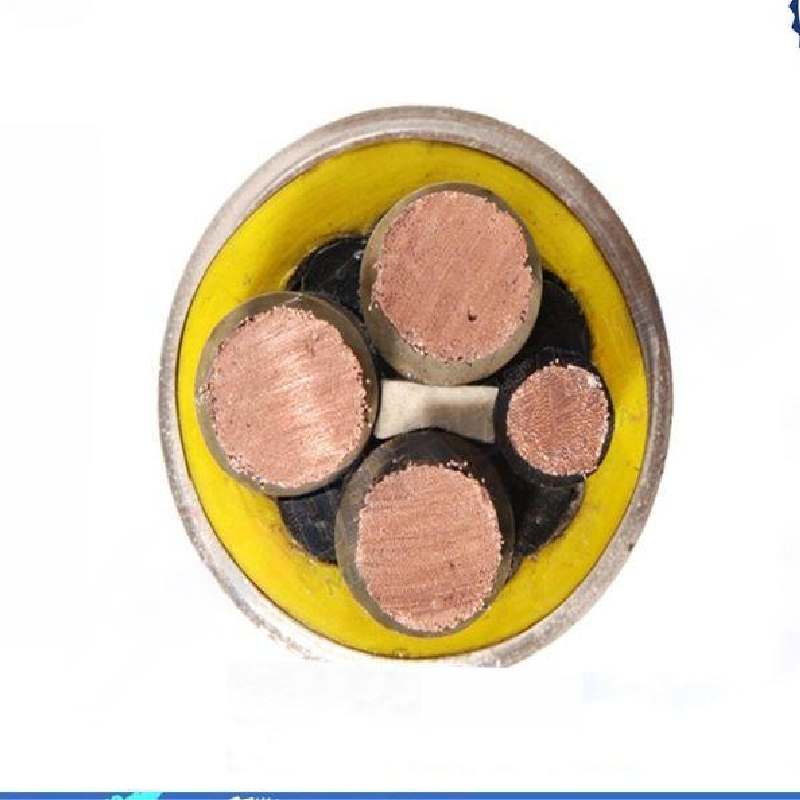9 月 . 08, 2024 23:41 Back to list
flexible rubber expansion joint
The Role of Flexible Rubber Expansion Joints in Modern Engineering
In the dynamic landscape of modern engineering, the need for innovative solutions to accommodate movement and absorb shocks has become increasingly crucial. One such solution is the flexible rubber expansion joint, an essential component used in various industries, including plumbing, HVAC, and manufacturing. These joints play a vital role in maintaining the integrity of piping systems by accommodating thermal expansion, vibration, and misalignment.
Flexible rubber expansion joints are designed to absorb the stresses that arise from temperature changes and mechanical movements. As fluids flow through pipes, they can experience significant temperature fluctuations. These changes can cause the pipes to expand or contract, leading to potential damage or failure of the system. The incorporation of rubber expansion joints allows for this movement, thereby preventing undue stress on the piping and associated equipment. By allowing the system to flex, these joints minimize the risk of leaks, fractures, and other costly failures.
Moreover, these joints are highly effective in damping vibrations that can transmit through piping systems due to operational processes or external factors. Without proper vibration suppression, equipment may suffer from wear and tear, leading to increased maintenance costs and reduced lifespan. Flexible rubber expansion joints act as cushions that absorb these vibrations, ensuring smoother operation and prolonging the life of both the piping and the machinery connected to it.
flexible rubber expansion joint

In addition to their functional benefits, flexible rubber expansion joints offer versatility in design and application. They are available in various shapes and sizes, allowing engineers to select the most suitable type for a specific installation. Common configurations include single arch, double arch, and multiple arch designs, each tailored to accommodate different movement ranges and directional changes in the piping system. Furthermore, they can handle a wide range of media, including water, steam, and various chemicals, making them applicable to numerous industries, including water treatment, oil and gas, and food processing.
The materials used in manufacturing flexible rubber expansion joints also contribute to their effectiveness. Typically made from high-quality rubber compounds, these joints are designed to resist aging, ozone, and chemical degradation. The durability of the materials ensures that these joints maintain their performance over time, even in challenging environments.
Another significant advantage of using flexible rubber expansion joints is their ease of installation. Compared to rigid piping solutions, these joints simplify the setup process, allowing for quicker assembly and reduced labor costs. Additionally, their lightweight design aids in handling and positioning during installation.
In conclusion, flexible rubber expansion joints are indispensable in contemporary engineering applications. They provide crucial support for piping systems by accommodating movement, absorbing vibrations, and enhancing overall system reliability. Their versatility, durability, and ease of installation make them a preferred choice across various industries, helping to ensure efficient and safe operation. As engineering continues to evolve and confront new challenges, the importance of such innovative components will undoubtedly grow, reinforcing the role of flexible rubber expansion joints in shaping the future of infrastructure and industrial systems.
Share
-
Understanding the Differences Between Wafer Type Butterfly Valve and Lugged Butterfly ValveNewsOct.25,2024
-
The Efficiency of Wafer Type Butterfly Valve and Lugged Butterfly ValveNewsOct.25,2024
-
The Ultimate Guide to Industrial Swing Check Valve: Performance, Installation, and MaintenanceNewsOct.25,2024
-
Superior Performance with Industrial Swing Check Valve: The Essential Valve for Any SystemNewsOct.25,2024
-
Industrial Swing Check Valve: The Ideal Solution for Flow ControlNewsOct.25,2024
-
You Need to Know About Industrial Swing Check Valve: Functionality, Scope, and PerformanceNewsOct.25,2024